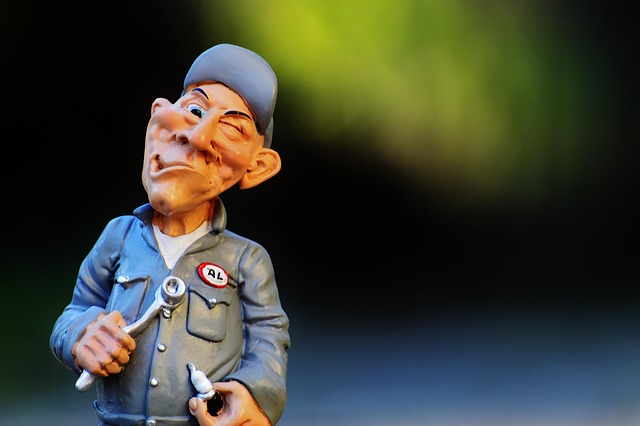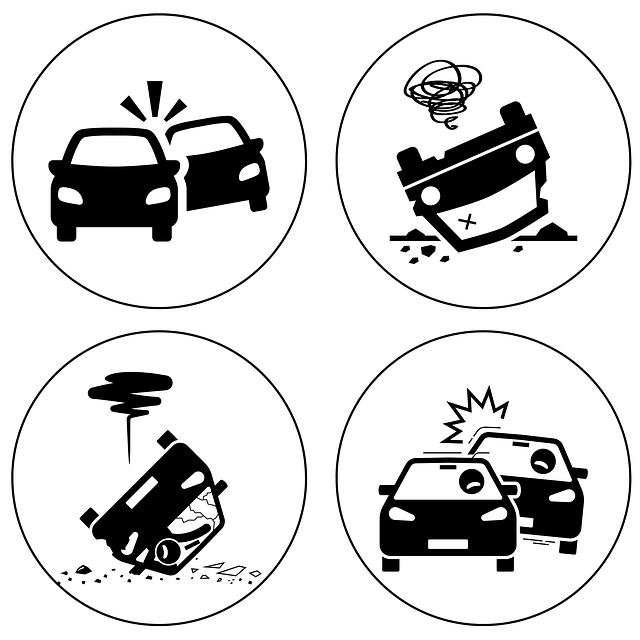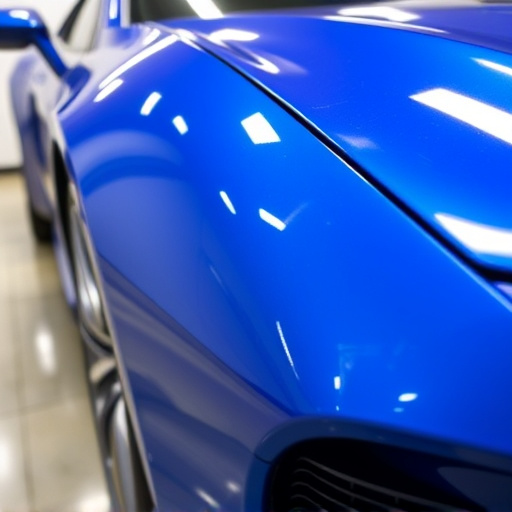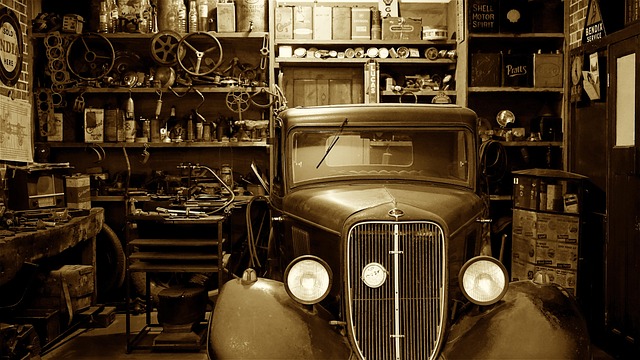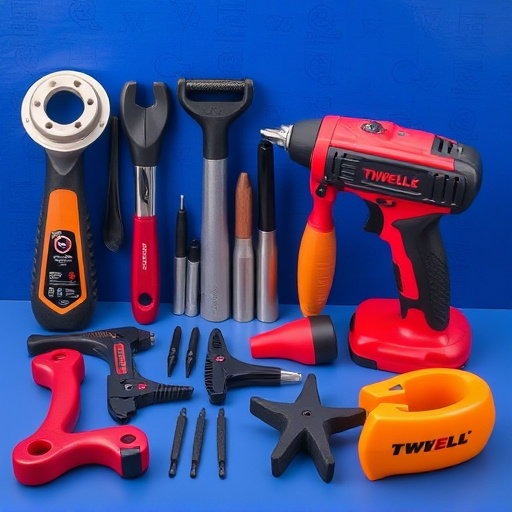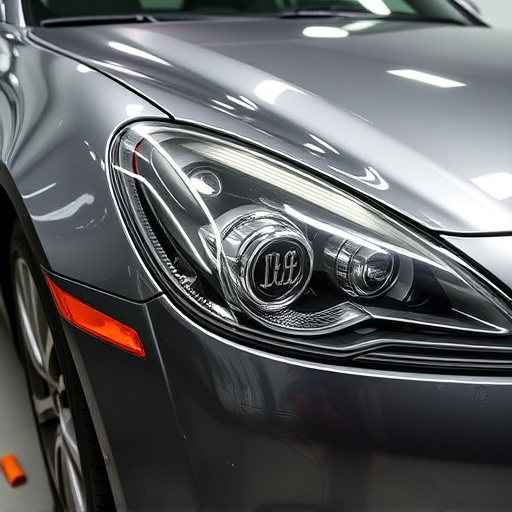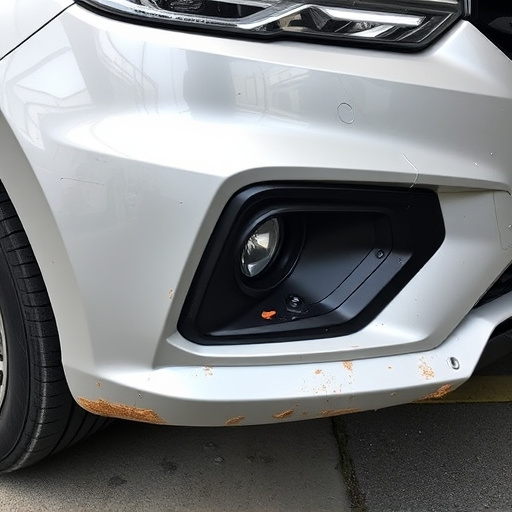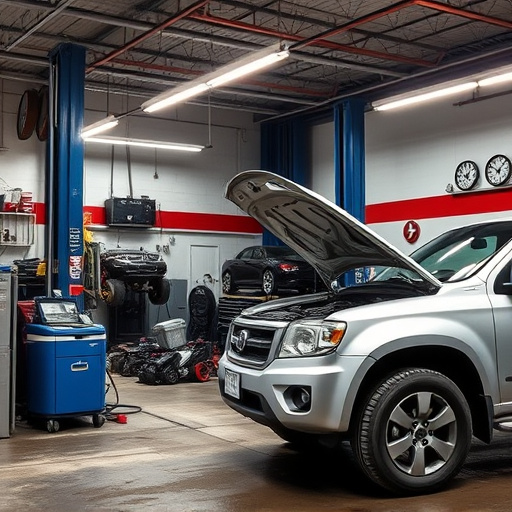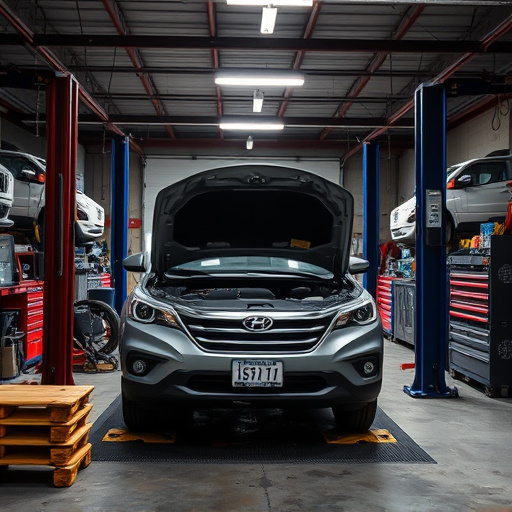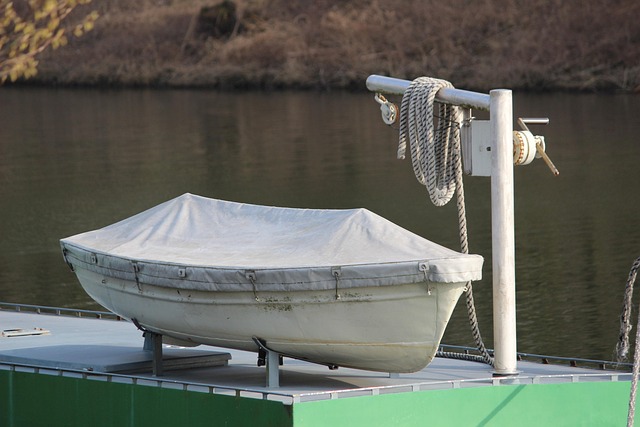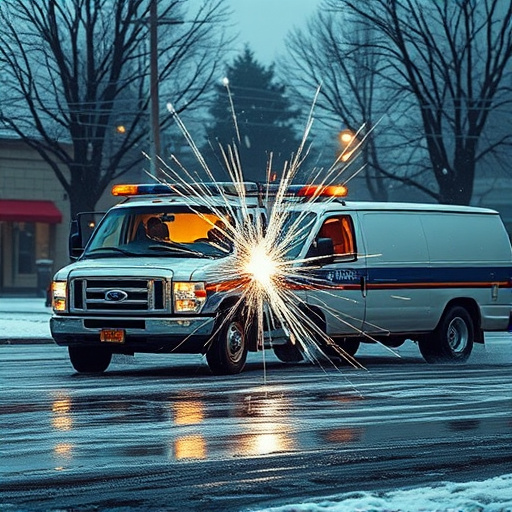Rare car collision specialists combine automotive expertise with artistic skill to repair and restore unique vehicles, preserving their historical value. They prioritize environmental controls for air quality, temperature regulation, and dust protection. By adopting eco-friendly practices, using OEM parts, and minimizing waste, these specialists contribute to both automotive heritage conservation and sustainability in the restoration process.
In the specialized realm of rare car collision repair, environmental controls play a pivotal role in ensuring both the integrity of vintage vehicles and the well-being of professionals. This article delves into the unique challenges faced by rare car collision specialists, highlighting essential environmental controls crucial for their operations. We explore best practices for sustainable auto restoration while adhering to stringent requirements, positioning these shops as stewards of automotive heritage.
- Understanding Rare Car Collision Repair Requirements
- Essential Environmental Controls for Specialized Shops
- Best Practices for Sustainable Auto Restoration
Understanding Rare Car Collision Repair Requirements
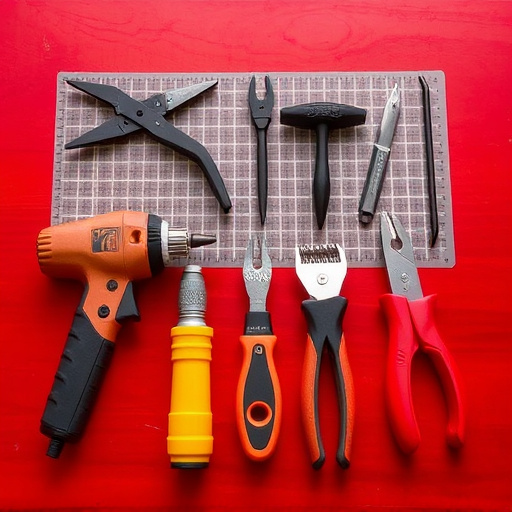
The realm of rare car collision repair demands a unique set of skills and specialized knowledge. Rare car collision specialists aren’t just auto body repair experts; they are artisans who understand the intricate details and precise engineering behind luxury, classic, or limited-edition vehicles. These facilities must cater to the specific needs of clients who own cars not easily found in standard workshops, requiring them to provide exceptional service and meticulous attention to detail.
When a fender bender or more severe collision occurs with a rare vehicle, it’s crucial to engage professionals well-versed in both car paint repair and auto body services tailored for these unique models. Rare car collision specialists employ advanced techniques and specialized tools to ensure that every original detail is preserved while bringing the vehicle back to its pre-incident condition. Understanding the intricate design, materials, and finishes of rare cars is paramount to ensuring their long-term protection and value.
Essential Environmental Controls for Specialized Shops
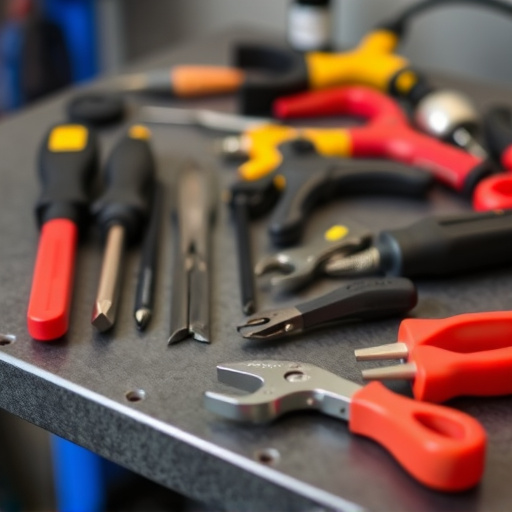
In the specialized realm of rare car collision repair, environmental controls are not just a secondary consideration but a crucial cornerstone for maintaining the integrity and quality of both the process and the final product. Rare car collision specialists often deal with delicate vehicles that require meticulous attention, making the workshop environment paramount to success. Adequate ventilation systems are essential to control and remove hazardous fumes and dust generated during automotive restoration and auto repair services. These particles can not only impair visibility but also damage intricate vehicle components, especially in vintage or classic cars known for their meticulous craftsmanship.
Furthermore, specialized shops must incorporate advanced filtration systems to ensure air quality. This is vital when working with rare vehicles, as some materials and finishes may be sensitive to airborne contaminants. Effective environmental controls, including temperature regulation and humidity management, are also critical. Optimal conditions prevent warping or distortion of vehicle bodies during the repair process, ensuring precise alignment and a seamless finish. Thus, rare car collision specialists invest in robust environmental control measures not just for operational efficiency but also to preserve the historical integrity of each unique vehicle they restore.
Best Practices for Sustainable Auto Restoration
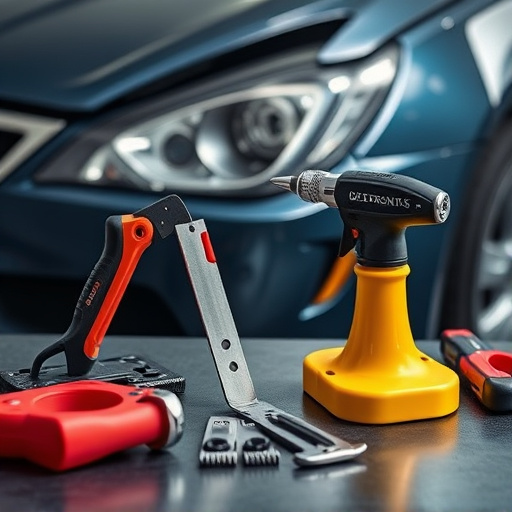
In the realm of rare car collision repair, specialists play a pivotal role in preserving automotive heritage while adhering to sustainable practices. Best practices for sustainable auto restoration involve utilizing eco-friendly materials and techniques as much as possible. Rare car collision specialists should strive to minimize waste by implementing recycling programs, choosing recyclable or biodegradable components where feasible, and adopting efficient disposal methods for non-recyclable materials.
Additionally, these facilities can enhance sustainability through energy-efficient operations. This includes the use of LED lighting, high-efficiency tools, and well-insulated work areas to reduce energy consumption. In terms of Mercedes Benz repair or any other luxury automotive restoration, rare car collision specialists should consider using original equipment manufacturer (OEM) parts to ensure quality and environmental responsibility. By embracing these strategies, rare car collision specialists not only contribute to a greener future but also set themselves apart as leaders in sustainable auto restoration.
Rare car collision repair facilities, catering to the specialized needs of these vehicles, require robust environmental controls to ensure optimal working conditions. By implementing essential controls and adopting best practices, these shops not only maintain high standards of craftsmanship but also contribute to sustainable auto restoration. Embracing eco-friendly methods sets rare car collision specialists apart, allowing them to meet the unique demands of their clientele while minimizing environmental impact.
